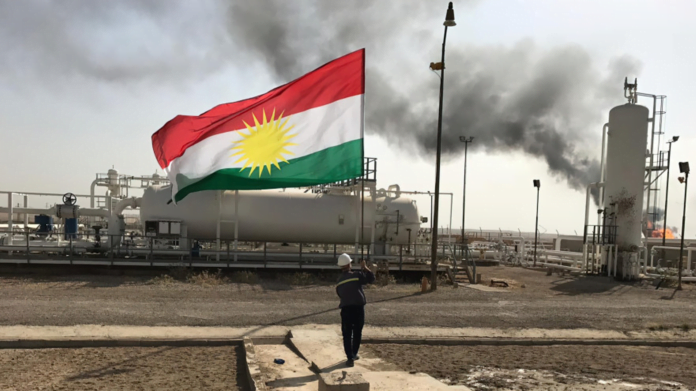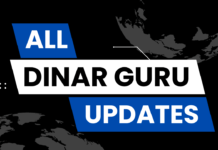Based on Standard & Poor’s Global Commodity Insights, crude oil output in Iraq’s Kurdistan Region has grown even with intentions to expand and the export pipeline closed.
Five public oil businesses running in the Kurdistan Region have financial records showing that their crude oil output in the second quarter increased from 170,000 barrels per day in the previous quarter to 173,000 barrels per day.
That contrasts with 182,230 bpd in the quarter before the region’s major export pipeline closed to the Turkish port of Ceyhan in March 2023 just over 2,000 bpd.
Including local Kar group output, total production in the area increased by roughly 250,000 barrels daily, down from over 400,000 barrels daily prior to the pipeline stoppage.
Saying in its second-quarter financial results that it will: mobilize a platform to drill a new well in the Tawke license, Norwegian oil major DNO stated it will increase its operations in Kurdistan for the first time since early 2023, indicative of how the Kurdish market is rebounding.
With total crude oil pumped in the second quarter of 2024 at 79,800,000, production at DNO fields climbed 9% over the previous quarter.
Likewise, Canada’s Shamaran Petroleum, which runs both blocks after acquiring the Atrush and Sarsink divisions and HKN, said it expected higher output.
As demand and production rise, Gulf Keystone reported starting 24-hour transportation operations. Following a difficult 2023, the corporation announced in its first-half 2024 financial reports a “successful return to profitability and free cash flow generation.”




